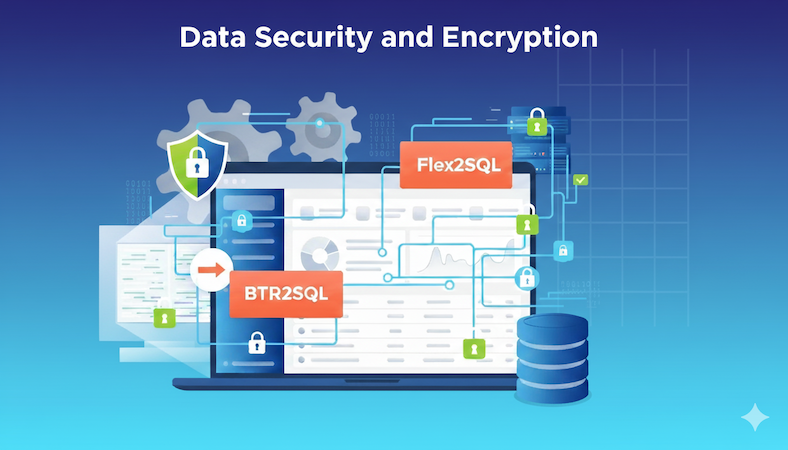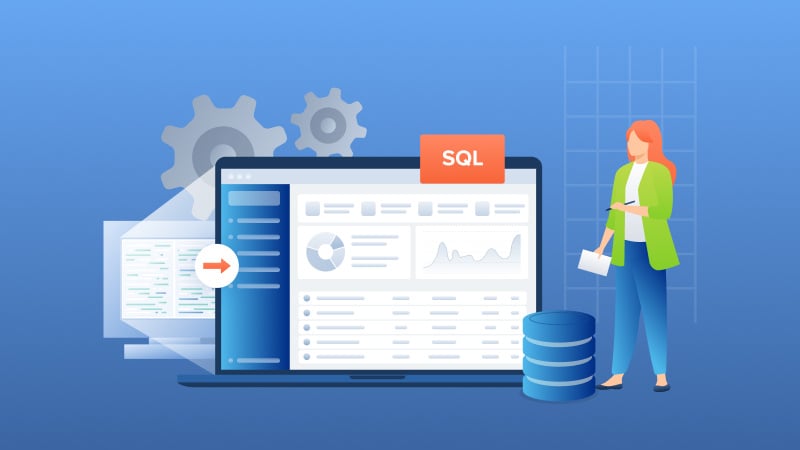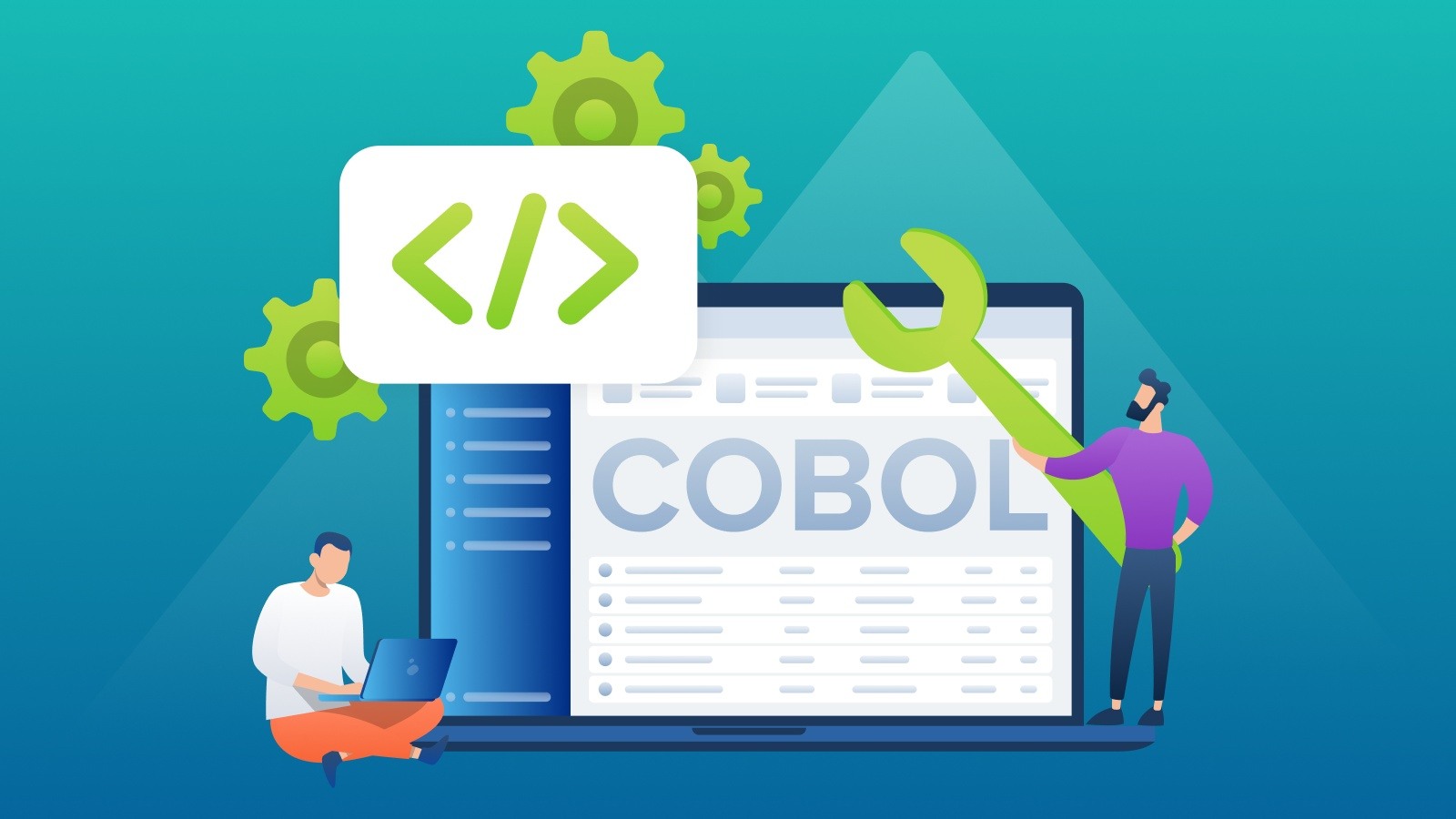Data Security with Flex2SQL and BTR2SQL Connectivity Products
The most common reason for Enterprises looking to migrate from legacy Btrieve or DataFlex databases is the urgent need to address security and...
1 min read
 Riaz Merchant
:
Sep 22, 2017 11:19:00 AM
Riaz Merchant
:
Sep 22, 2017 11:19:00 AM

New markets and new opportunities await ISVs who successfully transition their products to the cloud-based model.
Investing in Internet-based delivery and infrastructure allows you to sell to anyone, anywhere in the world without investing a fortune in marketing and sales. Your existing customers are likely interested in moving to the Cloud as well, and with just a modicum of convincing, they’ll gladly pay you to help them make the transition.
Once you’ve created a cloud-based product, the entire world is your potential customer. Additionally, by creating a cheap, SaaS-style jumping-on point for your software, you’ll reach companies who might not have been able to afford your software previously.
After these customers have sampled your software via the Cloud, you can pitch them on upgrading their subscription or purchasing the fully-featured desktop version of your product. By combining different feature sets and price points, you can hook new customers across the globe, both large and small.
Some ISVs mistakenly believe that, in transitioning to the Cloud, they’ll end up competing with themselves. After all, why would your customers need your desktop-based software when there’s an equivalent Cloud-based option?
This concern is unfounded. Your current customers need you to maintain and support your desktop offering, which contains their mission-critical data and is already fully-featured.
But at the same time, you can offer additional cloud-based applications that allow your customers to conduct their business or access their data anytime, from anywhere. You can charge for these cloud-based add-ons using the SaaS model and actually increase the revenue you receive from your current customer base.
This strategy, of offering connected desktop-based and cloud-based software, is called the Hybrid Cloud. And for established small and medium-sized ISVs, it’s the way forward.
(Read part 5 in the From Desktop Apps to Hybrid Cloud series. Click the following links to review part 1, part 2, and part 3.)

The most common reason for Enterprises looking to migrate from legacy Btrieve or DataFlex databases is the urgent need to address security and...

Introduction Many independent software vendors (ISV) and corporate users still rely on applications that use a category of database collective called...

COBOL applications are the foundation of numerous essential business functions, especially within the banking, insurance, and government sectors....